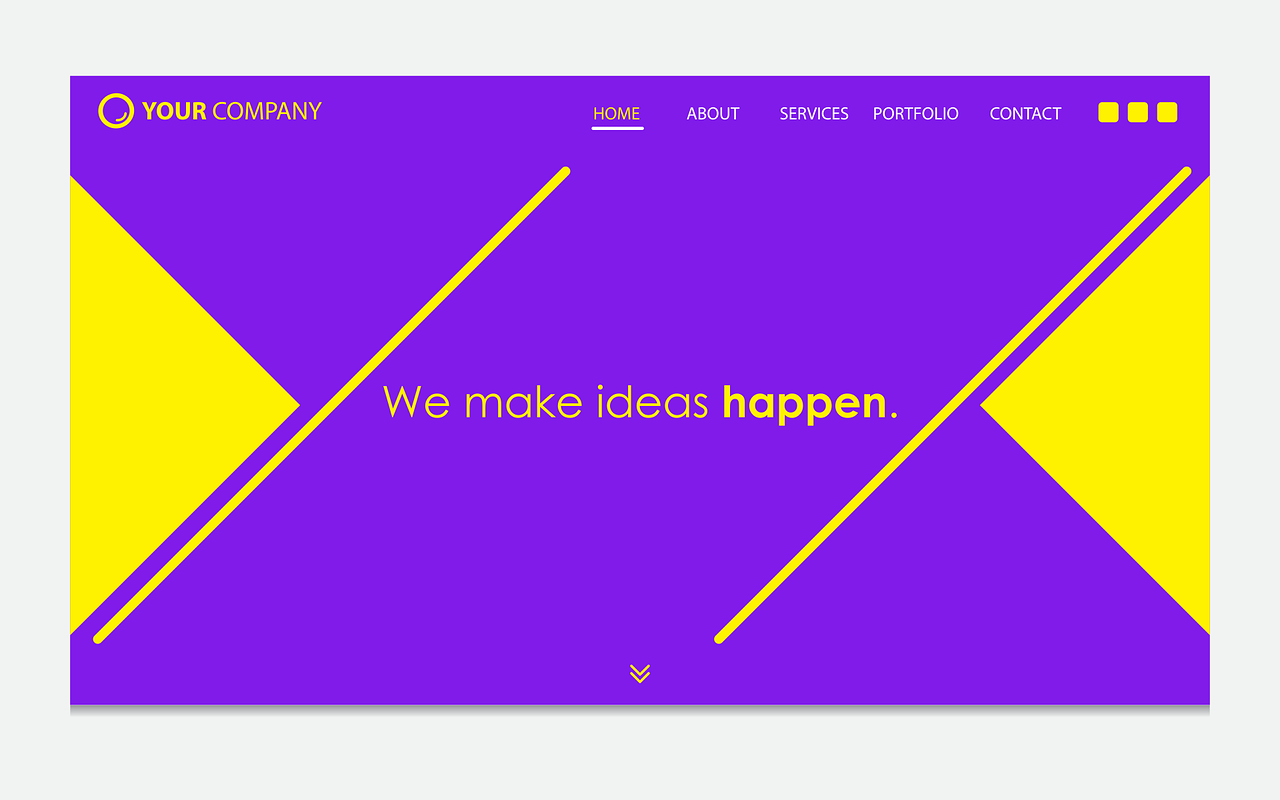
The Funnel: Landing Pages
Landing pages are one of the most vital aspects of an effective sales funnel. A landing page is a single page that potential customers can land on after clicking through from an email, ad, or other digital location.
Landing pages aim to capture information from potential clients and funnel them towards a particular product or service being sold.
What makes an effective landing page?
1. Target long-tail keywords
These are specific keywords or phrases that specifically describe the product or service you’re marketing. These are usually several words or even a sentence, unlike simple keywords that are more common practice throughout websites.
Examples include phrases such as “the most effective landing page strategies”, as compared to “landing pages.”
Long-tail keywords tend to be less competitive than short-tail keywords since they are more specific, resulting in easier rankings. They also will yield more accurate website visitors and potential customers than short-tail keywords.
2. Write enticing copy
Let’s start with the headlines – you know, those big bold letters above the main content. Books have a whole sentence, paragraph, or even chapter to try to entice a reader. Websites only have a few words. Enticing headlines will cause people to continue to read further into the content, bringing potential customers one step closer to converting to purchasing customers.
3. Show your product or service
No one is going to purchase something without seeing it first. A landing page is a great place to show off your products and services withouts – but more specifically the product or service you are marketing with that campaign.
If you own a car dealership trying to sell Toyota Camrys, you don’t want to place all the 4Runners at the front of the lot. While those are good SUVs, that is not how you’re going to meet your current sales goal. Instead you are going to position all the nicest Camrys at the front of the lot, in the show room, and any other high traffic areas.
4. Use directional cues
Think about when you walk into a Target shopping center at the end of summer, the first thing you’re probably going to see is a giant sign saying something like “This way for fall decor” as if you couldn’t already see all of the pumpkins right in front of you.
Landing pages work the same way – yes you have everything laid out right in front of your potential customers that you want them to see. But we still need to give them a friendly nudge. Using jump links to scroll to key points of the page, clickables that direct clients to a particular item, or simply headlines that read “keep scrolling for an amazing deal.”
Take your client by the (virtual) hand and lead them to exactly where you want them. This is no different than a car salesman walking a potential customer through a line of beautiful Camrys to THE PERFECT one, just for that customer.
We have taken your customers on a journey – from a feigned interest to nearing the point of closing the deal and making a conversion.
5. Provide social proof
You can tell customers how great your product or service is until you are blue in the face, but there is one tried and true method that works better than anything else.
Recommendations
If you are between buying a Toyota Camry or a Prius and your friend recommends that you buy a Camry, because they absolutely love the luxury, comfort, and reliability you are more likely to purchase the Camry.
But why is this?
Without diving too deeply into psychology – you are likely friends with that person, because you trust them; you value their opinions, and they have nothing to gain through your purchase.
Testimonials work the same way. Provide social proof that your customer will be happy with their purchase. Having real reviews of your product will stand out to customers – telling them that your product or service is really worth every last penny. It builds trust and rapport with these new customers; hopefully taking them the to the final step of converting into a sale.